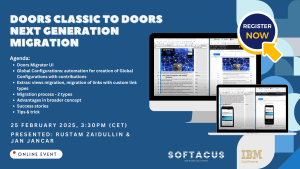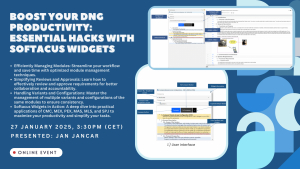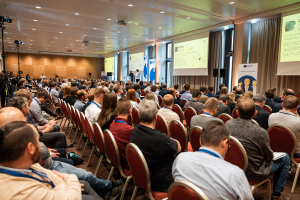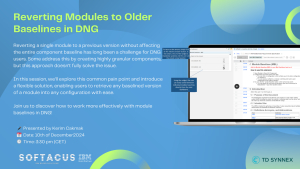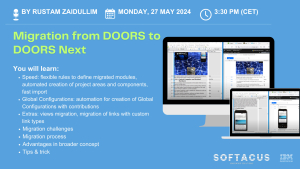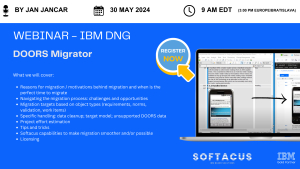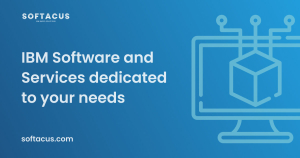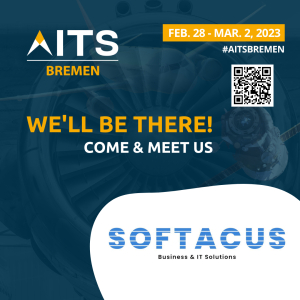Displaying items by tag: requirements engineering
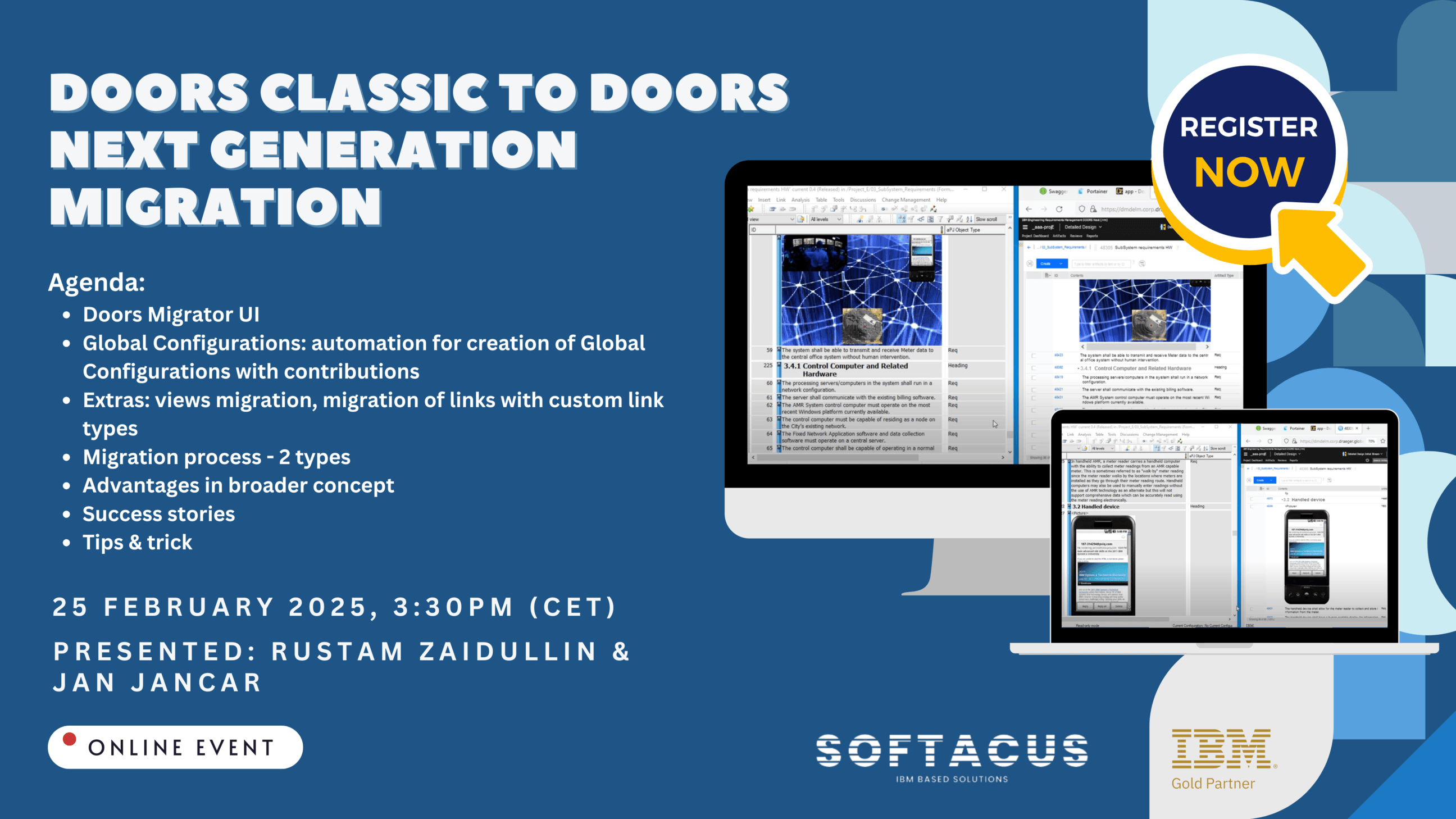
Are you considering a move from IBM DOORS Classic to DOORS Next Generation (DNG)? With increasing demands for collaboration, traceability, and modern workflows, migrating to DNG is becoming essential for many organizations.
However, migration isn’t just about switching tools—it requires careful planning, technical expertise, and a strategic approach. In our upcoming webinar, industry experts will walk you through the migration process, best practices, and real-world insights to ensure a seamless transition.
Yet, migration isn’t a simple click of a button. It requires careful planning, technical expertise, and a clear understanding of best practices—which is exactly what we’ll cover in our upcoming webinar.
Webinar Details
📅 Date: 25 February 2025
🕞 Time: 3:30 PM (CET)
💻 Format: Online Webinar
🎤 Speakers: Rustam Zaidullin & Jan Jancar
Link for registration: https://zoom.us/meeting/register/ocRKOfVyR2S-lZW30mYx6w

Are you looking for ways to optimize your workflows and get the most out of IBM DOORS Next Generation (DNG)? Join us for our upcoming webinar on 27th January 2025 at 3:30 PM CET, where we will explore productivity hacks designed to simplify and enhance your experience with IBM DNG.
Date: 27th January 2025
Time: 3:30 PM CET
What You’ll Learn
In this webinar, we’ll guide you through powerful techniques and tools that can transform the way you work with DNG. Here’s a sneak peek at the key topics we’ll cover:
- Working with Modules: Discover how to simplify module workflows and make them more efficient.
- Reviewing and Approving Requirements: Learn how to streamline the approval process, saving time and improving accuracy.
- Managing Variants and Configurations: Tackle complex setups with ease and maintain control over multiple module configurations.
Get Hands-On with Softacus Widgets
During the session, we’ll demonstrate how our innovative Softacus widgets can enhance your DNG productivity. These tools are designed to address specific challenges and provide solutions tailored to your requirements management needs.
Here’s what we’ll showcase:
- CMC (Custom Module Configuration): Simplify and enhance module setup and customization.
- MEX (Module Export Extension): Export modules seamlessly while maintaining data integrity.
- PEX (Process Extension): Improve process efficiency by automating repetitive tasks.
- MAS (Module Approval System): Streamline requirement approvals and ensure compliance.
- MLS (Module Link Switcher): Easily manage and switch module links with precision.
- SPJ (Softacus Project Jumpstart): Accelerate your project setup and execution.
Why You Should Attend
This webinar is perfect for professionals who manage requirements or configurations in IBM DNG and want to enhance their productivity with innovative tools and workflows. Whether you're a seasoned user or just getting started with DNG, you’ll gain actionable insights and solutions to apply immediately to your projects.
Don’t miss this opportunity to revolutionize the way you work with IBM DOORS Next Generation!
We look forward to seeing you at the webinar!
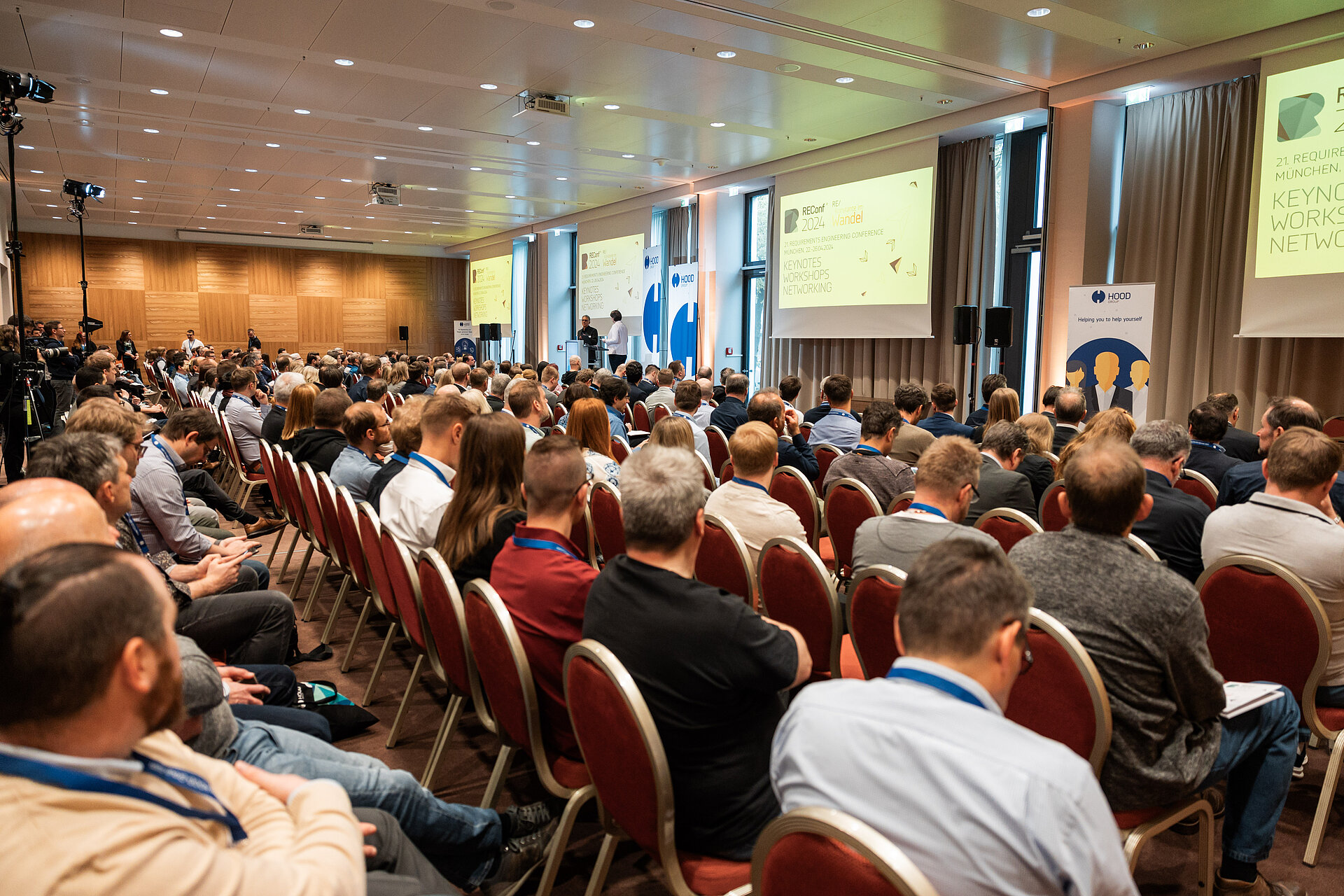
Softacus is Proud to Sponsor ReConf 2025!
Softacus is delighted to announce that we are official sponsors of this year’s ReConf conference, taking place from May 5th to May 7th in the vibrant city of Munich.
Under the motto "Next Level Requirements Engineering," the event will delve into the evolving landscape of requirements engineering in the era of digitalization. This is a fantastic opportunity to discover how digital transformation is reshaping the field and to connect with leading experts in the industry.
Be sure to visit us at Booth S7, where we’ll showcase our expertise in Engineering Lifecycle Management and discuss innovative solutions tailored to your needs. Don't miss the chance to network with like-minded professionals and gain valuable insights into the future of requirements engineering.
Learn more about ReConf 2025 and join us in Munich!
👉 More Details Here
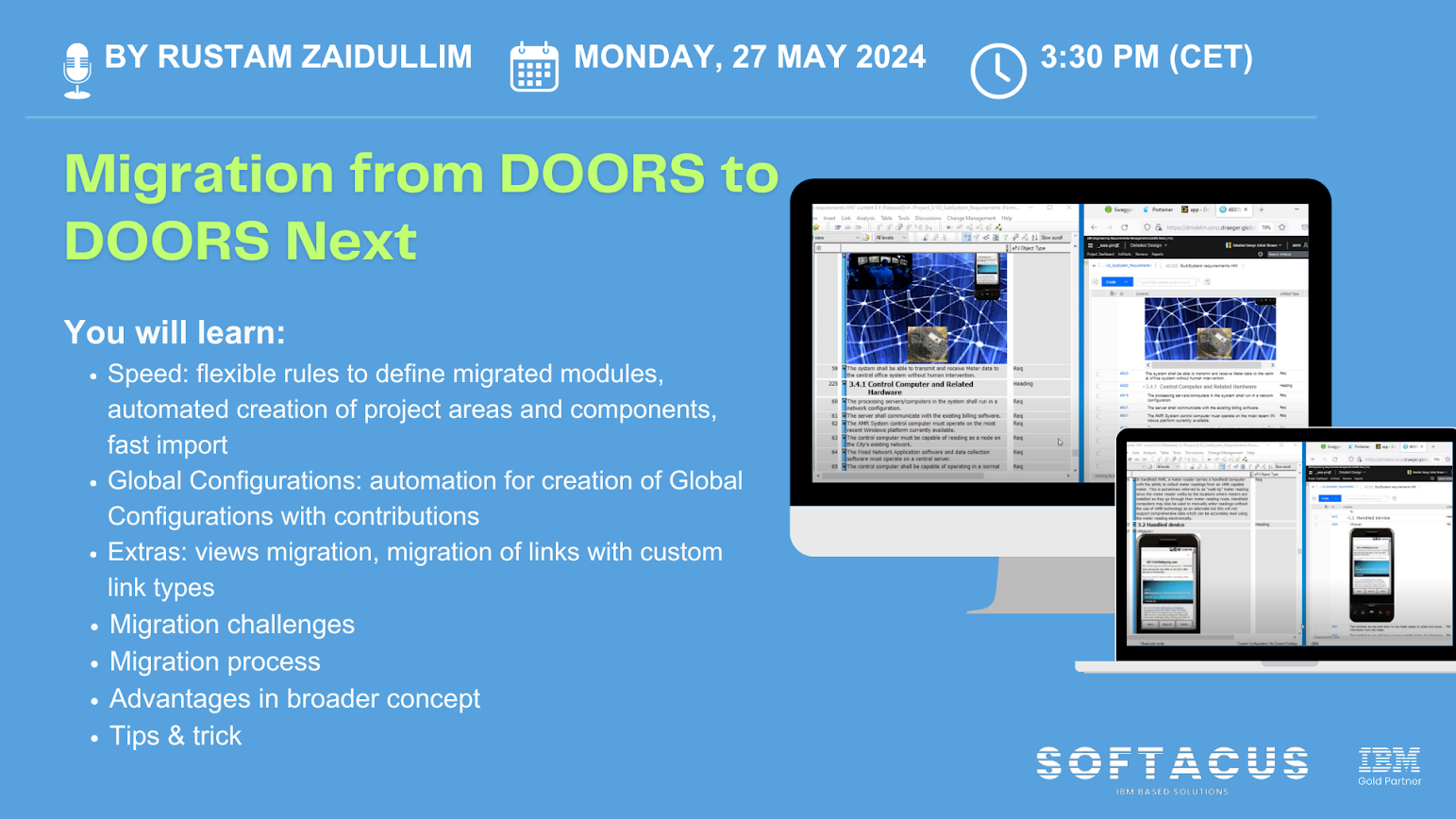
At Softacus, we excel in providing migration services from IBM DOORS to IBM DOORS Next Generation, ensuring a smooth and seamless transition for our clients.
Whether you're contemplating migrating from DOORS Classic to DOORS Next or simply seeking to explore the benefits of the latter, our upcoming webinar is for you.
Key topics that will be discussed:
- Custom link types usage for migrated links - link types can be defined based on source and target object's module path in DOORS Classic or DOORS Next
- Creation of nested Global Configurations structure based on created during migration DOORS Next streams and baselines
- Flexible definition of artifact types based either on a dedicated enumeration attribute or conditions built on queries for more attributes
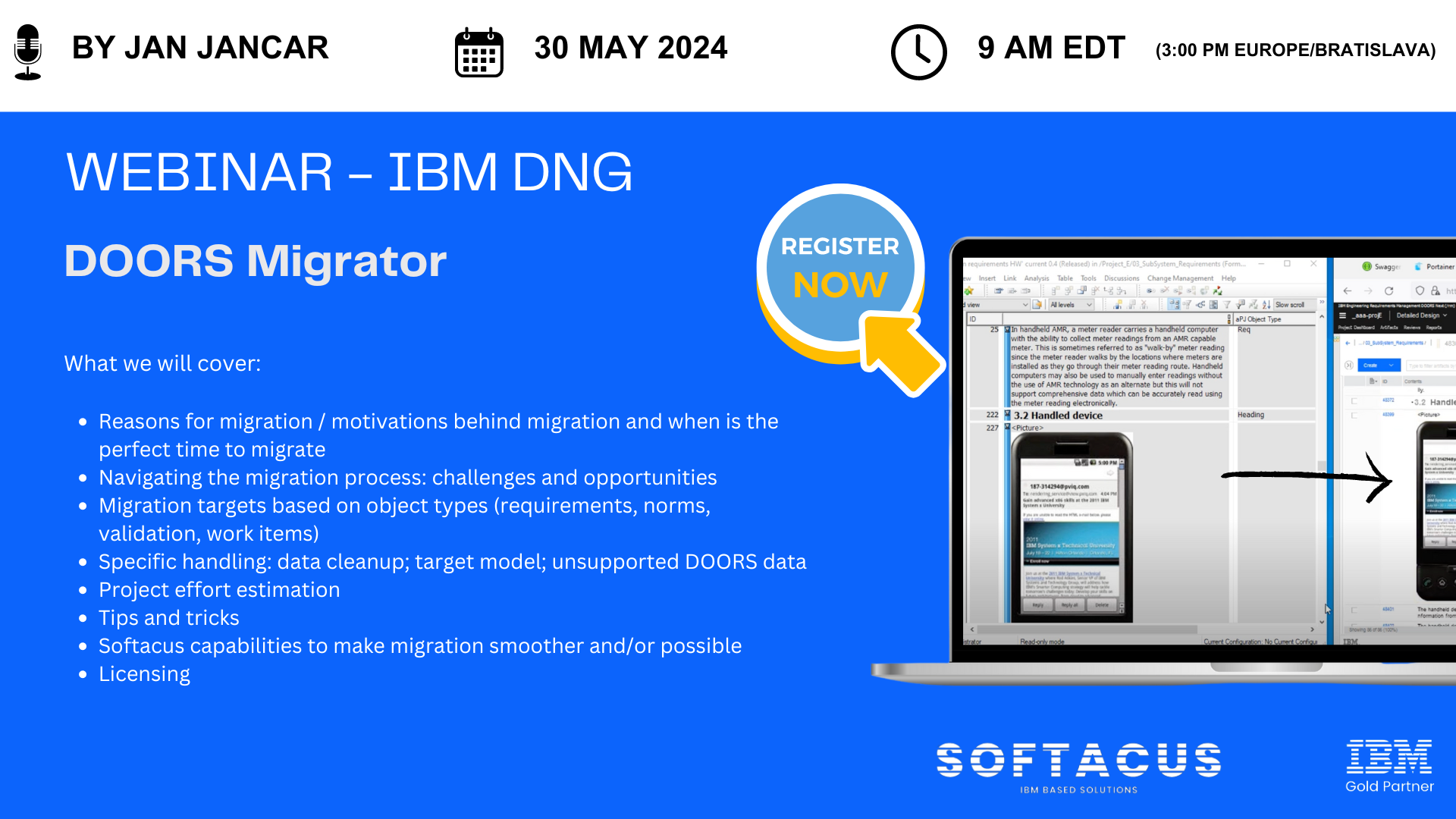
As operations expand and projects grow in complexity, previously implemented information system sooner or later will require migration to a new platform. Although you may have successfully been using IBM DOORS in your engineering projects for a long time, new projects may need requirements management capabilities that are supported by IBM DOORS Next only.
To respond to the demand for sophisticated and advanced requirements management capabilities in current and future projects, DOORS Next was designed with an entirely new leading-edge architecture. Its scalability, support for Global Configuration Management, variants management and reuse are a game changer in reducing cost and time to market.
Now, the foundation for a successful migration process with a low risk for unpleasant surprises requires thorough planning and a good understanding of your current requirements meta structure.
Softacus has developed migration toolkits that help ensure a smooths transition process.
Join Jan Jancar, Solution Director and CEO of Softacus, on 30.05.2024 when he will delve into IBM DOORS and IBM DOORS Next solutions, focusing on:
- Reasons for migration / motivations behind migration and when is the perfect time to migrate
- Navigating the migration process: challenges and opportunities
- Migration targets based on object types (requirements, norms, validation, work items)
- Specific handling: data cleanup; target model; unsupported DOORS data
- Project effort estimation
- Tips and tricks
- Softacus capabilities to make migration smoother and/or possible
- Licensing
Watch the session on-demand under this link
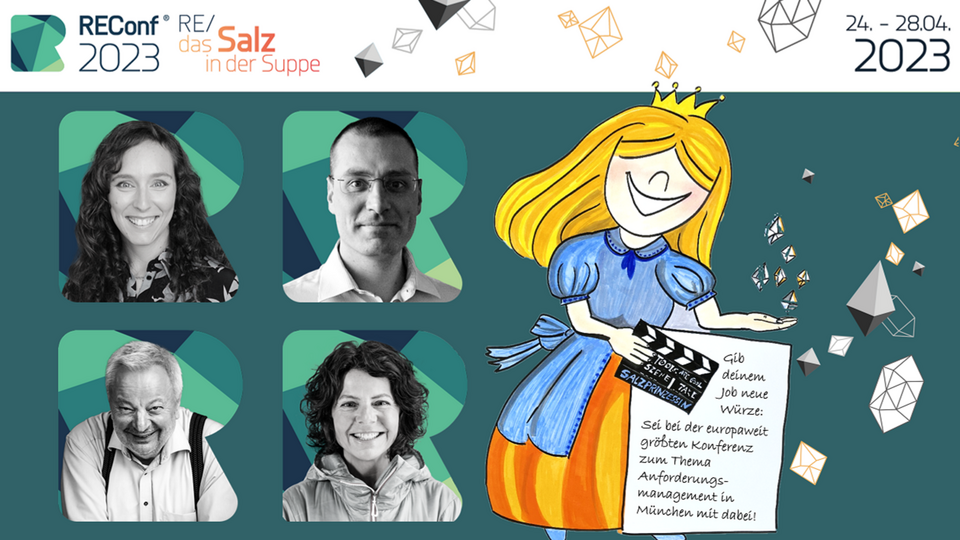
Auch dieses Jahr wird Softacus bei der REConf, die vom 24 bis 28. April 2023 stattfindet, sein.
Die REConf (Requirements Engineering Conference) ist Europas führende Konferenz mit Schwerpunkt Requirements Engineering. Auf der Veranstaltung werden neue Methoden, Trends und Tools in Vorträgen, Diskussionsrunden und Workshops diskutiert.
Am zweiten Tag der Konferenz (25 April) um 16:00 Uhr wird unser Solution Director, Jan Jancar, zusammen mit Peter Schedl von IBM, einen Vortrag zum Thema "Traceability - das Salz in der Suppe" halten.
Anforderungen sind der Ausgangspunkt der Entwicklung und somit auch der Traceability für alle Entwicklungsdaten. Projekte stellen heute bereits sicher, dass alle Kundenanforderungen in Systemanforderungen überführt wurden und Testfälle spezifiziert sind. Nicht selbstverständlich ist die Traceability in Verbindung mit KPI’s oder der toolgestützten Impactanalyse bei sich ändernden Anforderungen.
Softacus zeigt gemeinsam mit IBM Best Practices wie sich solche Szenarien mit DOORS und der Engineering Lifecycle Management Lösung einfach abbilden lassen.
Melden Sie sich für RECconf 2023 hier an: https://www.hood-group.com/reconf/anmeldung
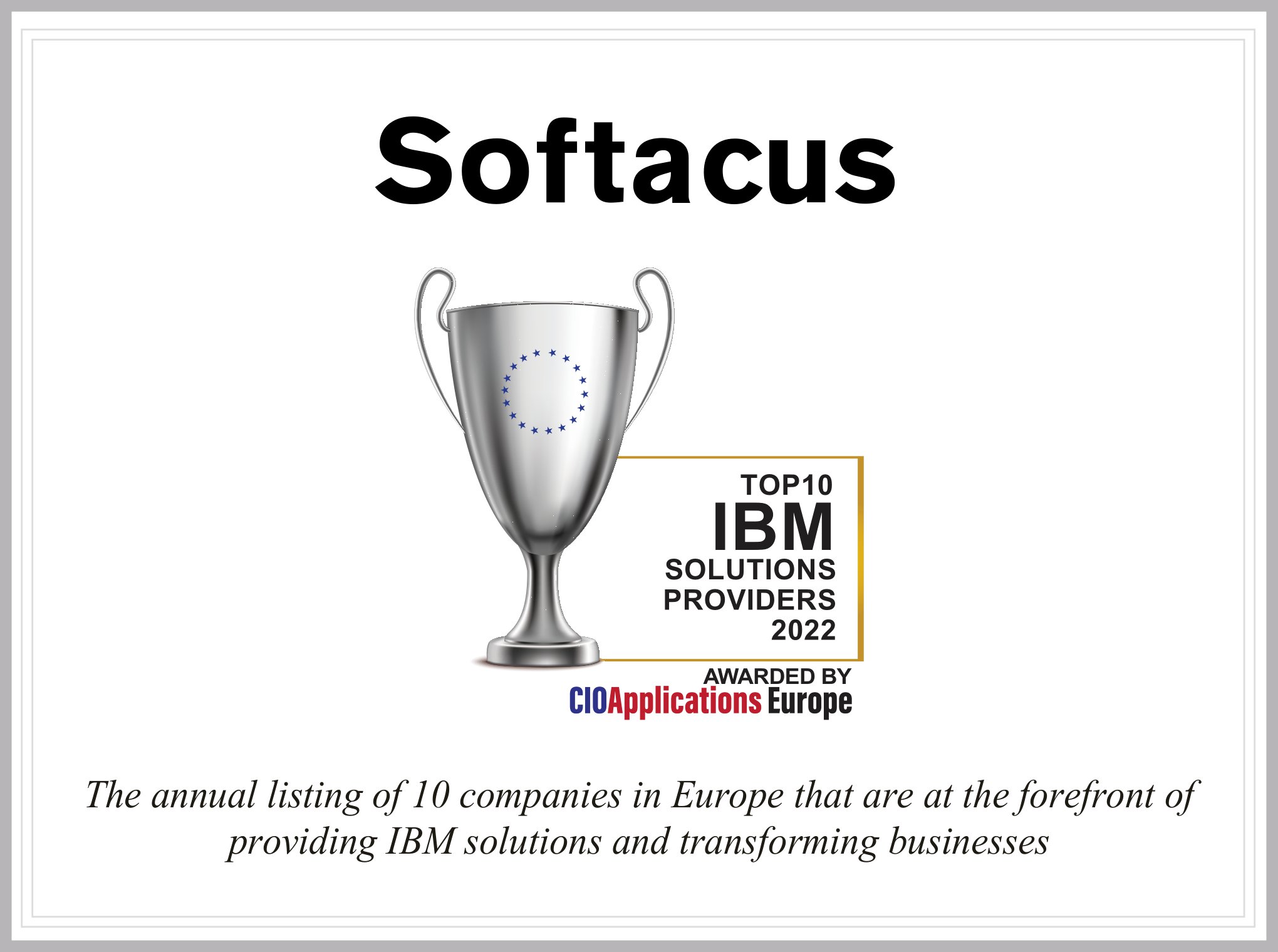
Softacus has been selected as one of the Top 10 IBM Solution providers for 2022 by the CIOApplications Europe - a popular European magazine on innovations and technology.
In this article, featured in the magazine in December 2022, our Solution Director, Jan Jancar, talks about the challenges engineering teams are facing nowadays and how Softacus and the IBM Engineering Lifecycle Management solution help organizations improve collaboration among software and system developers, increasing efficiency and product quality.
Introduction
The history is an important part of the requirements management tool and the purpose of this article is to explain functions and capabilities of DOORS Next for history maintenance.
The Challenges to Managing History in DOORS Next Generation
On the very basic level history of requirements management items in DOORS Next is organized on artifacts level and is presented as revisions and audit history. This information is accessible for artifacts via ‘Open history’ action in the menu. The first tab you see when you open history is ‘Revisions’, it is splitted on ‘Today’, ‘Yesterday’, ‘Past week’, ‘Past month’ and ‘Earlier’ sections which include different versions of an artifact and baselines of project area or component. When you switch to ‘Audit history’ tab you see only versions of a current artifact with explanation of actions performed on it and changes which were created with information on date and time and author of it. Revisions can be restored to the current state (except revisions which were created with linking operations).
Another source of history of an artifact are system attributes which preserve information on date and time of creation and modification of an artifact and a user who created and modified an artifact. These attributes are updated by the application on creation of an artifact (Created On for date and time of creation and Created By for username) and Modified On and Modified by for the latest modification. Additionally, if you use ReqIF import to add artifacts, attributes with prefix ‘Foreign’ will show you related information from the source.
Of course, a revision list and attributes of a single artifact is not enough to manage requirements history, so versions of artifacts are aggregated to baselines. The first kind of baselines is a DOORS Next baseline, in other words it can be explained as a snapshot which includes certain revisions of artifacts. Baselines are created to preserve some agreed state of requirements.
When we are talking about artifacts revisions It is meaningful to mention that module artifacts revisions are specific - they are created when module structure is changed (set and / or order of included artifacts) or attributes of module itself. So when you edit an artifact in module context without changing position of this artifact in module - you do not create new revision of module automatically. To capture the state of a module you need to create a DOORS Next baseline.
DOORS Next with configuration management capabilities has more options to manage history of requirements. First of all - streams, which allow you to have parallel timelines for different variants of requirements. All requirements in DOORS Next have their initial stream, which is the default timeline for requirements changes. DOORS Next has an option to create a parallel timeline using additional streams, which is mostly used to manage variants of requirements.In this case usually some existing version of requirements is used as an initial state for a new stream. And changes of artifacts in a new stream will not affect the initial stream - revisions of artifacts created in a new stream are visible only in this stream unless the user initiates synchronization. During synchronization the user has options with merging approaches, and one of them is using changesets, which is explained below.
Changesets are another kind of data set in DOORS Next which can be observed in the audit history. There are two types of changesets - user created changeset (name of changeset in this case is specified by user) and internal changeset, which is a reference for changes in the audit history. Internal changesets can be found in the audit history and can be also used as an option to deliver changes across streams. Created by user changesets aggregate small changesets automatically created by DOORS Next, which can be found in audit history and in the merging menu when you deliver changes from one stream to another. Both types of changesets can be found on stream’s page, and if a stream is allowed to be edited only via changesets - it means, users are forced to create a changeset to edit requirements in a stream - a list of changesets of a stream gives you a good representation of history for a stream.
Another functionality to manage history is Global Configuration baseline. When you enable DOORS Next project area for configuration management, links between requirements in different components are created via Global Configuration stream - you need to switch to Global Configuration context to create a link across DOORS Next components and also to see such links. As each component is baselined independently in DOORS Next, in order to preserve cross-component linkage state you need to create a Global Configuration baseline. When you perform this action, baselines are created on each component level automatically and included to a Global Configuration baseline. Switching to this baseline in the future will show you the exact state of linking at the moment of global baseline creation - proper links between proper revisions of artifacts.
Specialized solutions, Approaches, Tips
- As mentioned above, baselines are created on component level (or project area level if project area is not enabled for configuration management). When number of baselines grows, some maintenance of baselines is required - to shorten the list of baselines, some of them need to be archived
- To help users with navigation in list of baselines we provide special widget, which filters from the flat baseline list those baselines which were created in a certain module context
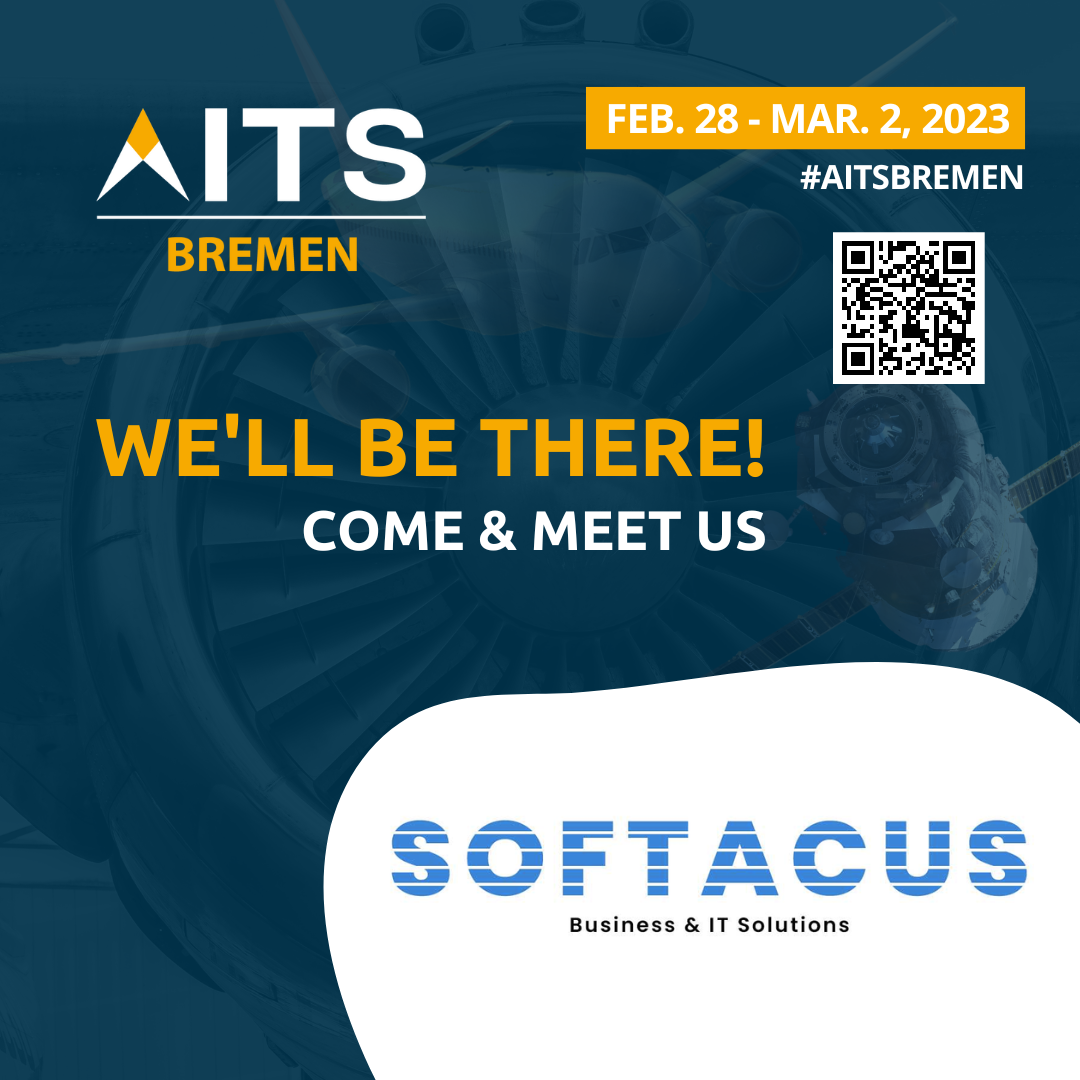
AITS Bremen will gather industry suppliers and OEMs, R&D centers, associations and clusters, academia, and public and private organizations to identify further business opportunities and develop partnerships.
More information at https://bremen.bciaerospace.com/

